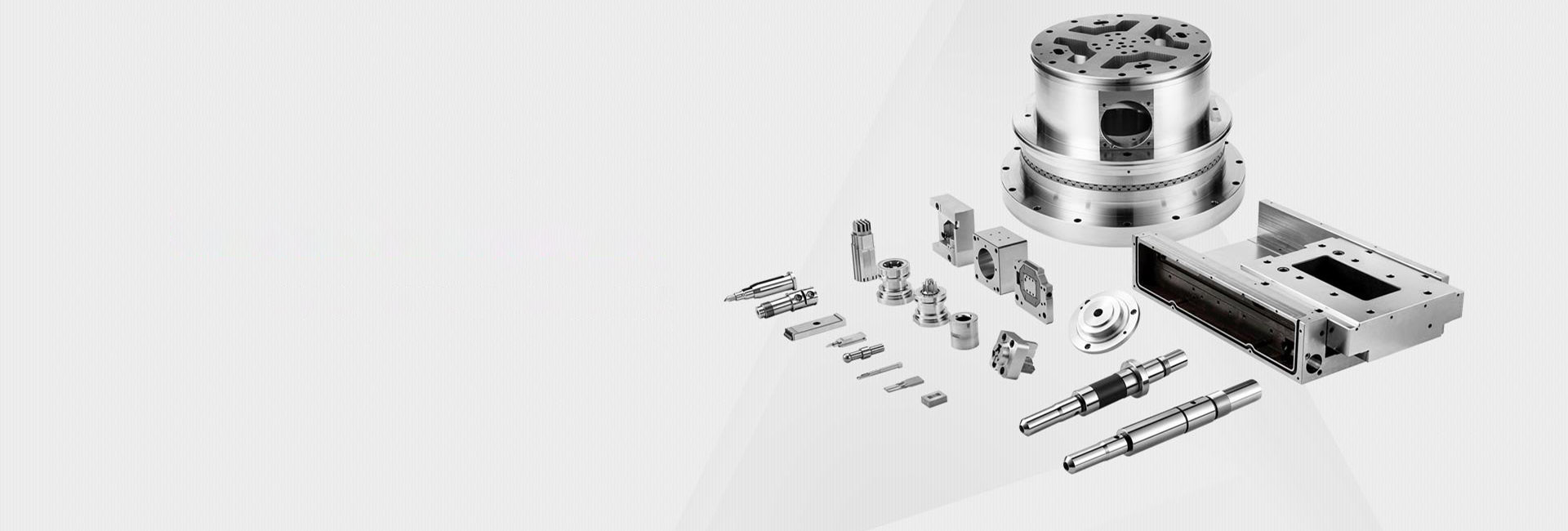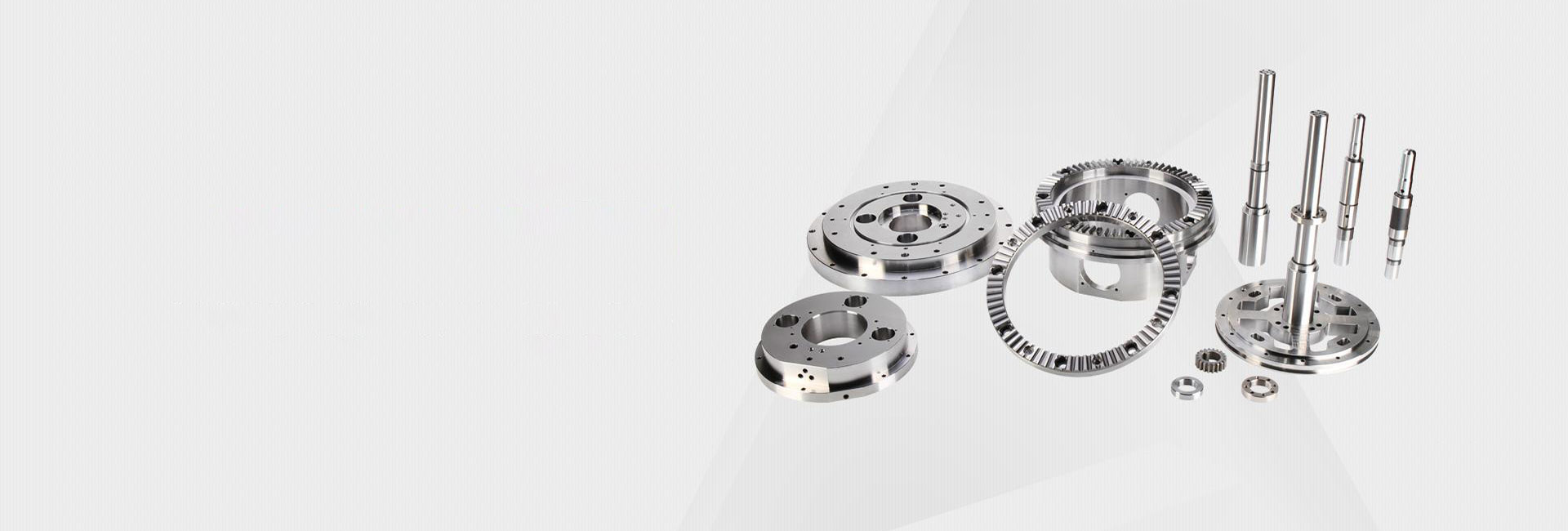Efficient CNC Machining Quote Details, How to Calculate CNC Machining Costs
Feeling overwhelmed by CNC machining costs? 😵 You're not alone. Many buyers and engineers struggle to understand why prices vary so much and how to get an accurate quote. This article breaks down the key factors and calculation methods, helping you make informed decisions without the confusion. Let's dive in! 🚀
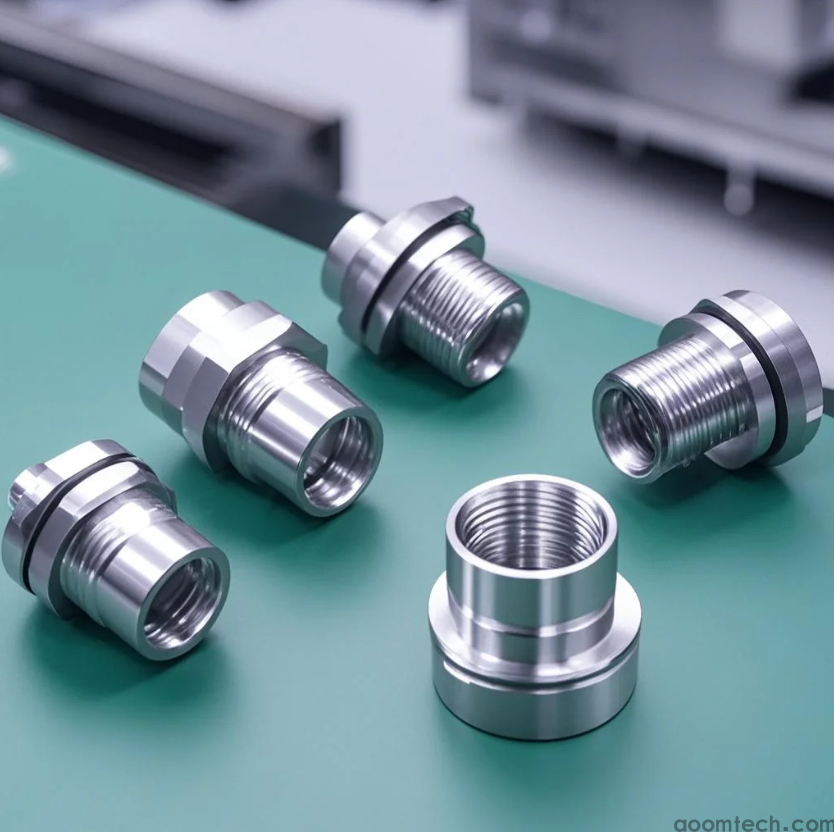
What Exactly Determines an Efficient CNC Machining Quote?
When you request a quote, several elements come into play. It's not just about the machine running; it's a combination of material, time, and complexity.
Material Type and Cost: Different metals and plastics have vastly different prices. Aluminum might be cheaper than titanium, for example.
Machine Time and Labor: The longer the part takes to machine, the higher the cost. Setup time and operator skill also factor in.
Part Complexity and Tolerances: Intricate designs with tight tolerances require more precise machining, which can increase the price. I've noticed that sometimes, simplifying a design slightly can lead to significant savings, though it might not always be possible.
How to Calculate CNC Machining Costs Accurately
Calculating costs isn't just about multiplying hours by rate. There's more beneath the surface.
Break Down the Hourly Rate: This often includes machine depreciation, energy consumption, and labor. However, the exact breakdown can vary by supplier, which might explain why quotes differ.
Consider Tooling and Setup: Initial setup and custom tooling add to the cost, especially for small batches. But for larger volumes, this cost per part decreases.
Factor in Secondary Operations: Things like finishing, coating, or assembly aren't always included in the base quote. I always ask about these to avoid surprises. Personally, I think that overlooking secondary processes is a common mistake that inflates final bills.
Common Misconceptions About CNC Pricing
Many people assume that higher speed always means lower cost, but that's not entirely true.
Efficiency vs. Speed: While efficient machining reduces time, pushing too fast can lead to errors and wasted material. It's a balance that experienced shops manage well.
Volume Discounts: Ordering more usually lowers the unit cost, but the relationship isn't always linear. Sometimes, the setup cost dominates small orders.
Hidden Fees: Some quotes might exclude shipping or design modifications. From my experience, transparent suppliers list all potential charges upfront, which saves headaches later. Although, I have to admit, the specifics of how some shops optimize their pricing algorithms remain a bit unclear to me.
Tips to Reduce Your CNC Machining Expenses
Want to cut costs without sacrificing quality? Here are some practical ideas.
Optimize Design for Manufacturability: Simplifying geometries and avoiding unnecessary tight tolerances can lower machining time. For instance, using standard hole sizes instead of custom ones might help.
Choose Materials Wisely: Select materials that meet your needs but aren't over-specified. Sometimes, a cheaper alternative works just as well.
Plan Orders Efficiently: Combining parts into larger batches can reduce per-unit costs. I often recommend discussing production schedules with your supplier to find savings. However, it's worth noting that this approach may not suit all projects, especially those with tight deadlines.
In my view, understanding CNC machining costs isn't just about numbers; it's about collaboration and clear communication. By asking the right questions and planning ahead, you can achieve both efficiency and affordability. If you've faced pricing challenges, sharing your story could help others too! 💡
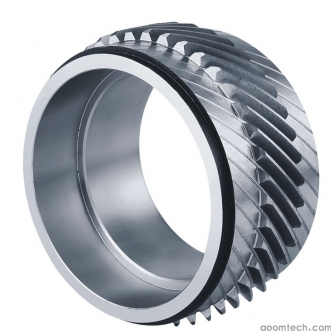 How Much Does CNC Anti-Slip To
How Much Does CNC Anti-Slip To
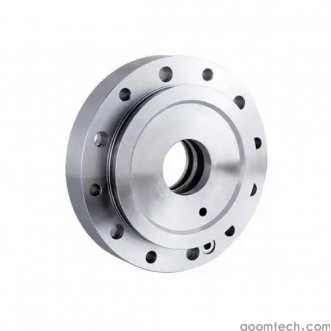 How to Choose Reliable CNC Fla
How to Choose Reliable CNC Fla
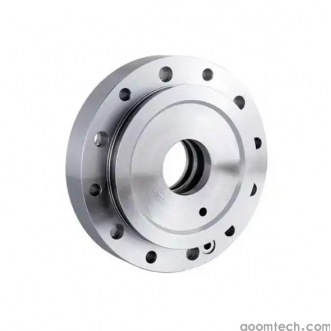 Precision CNC Aluminum Parts C
Precision CNC Aluminum Parts C
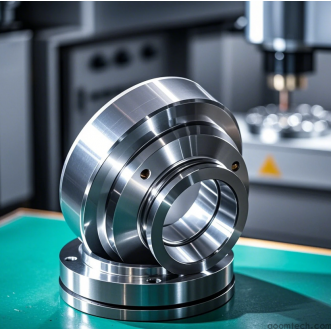 Precision CNC Machining Manufa
Precision CNC Machining Manufa

